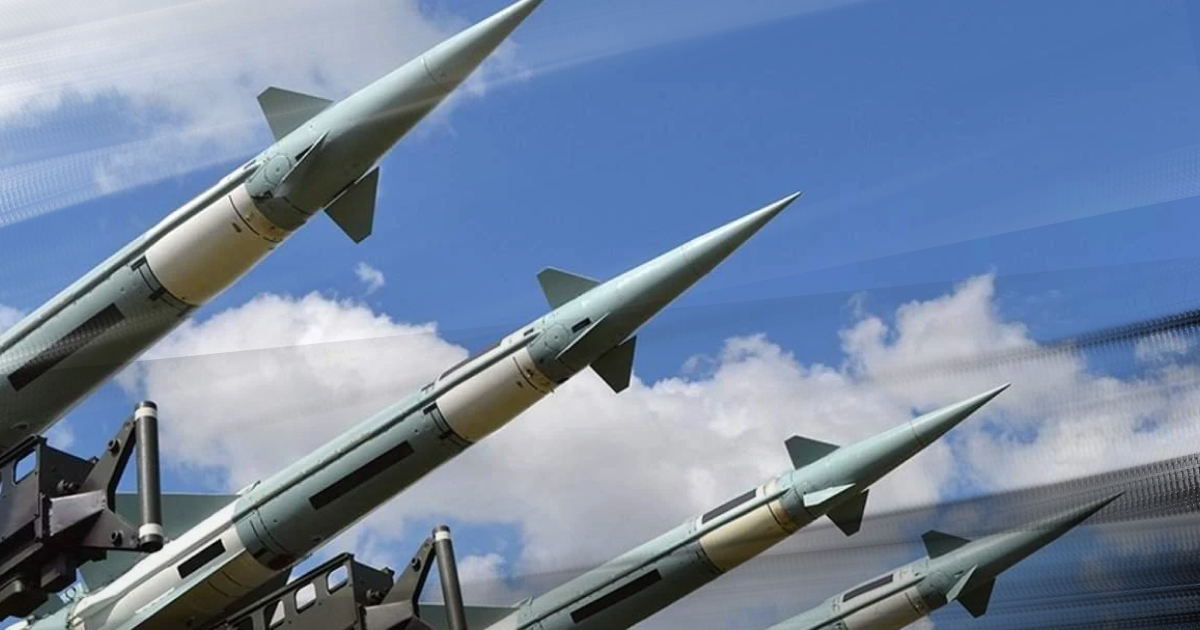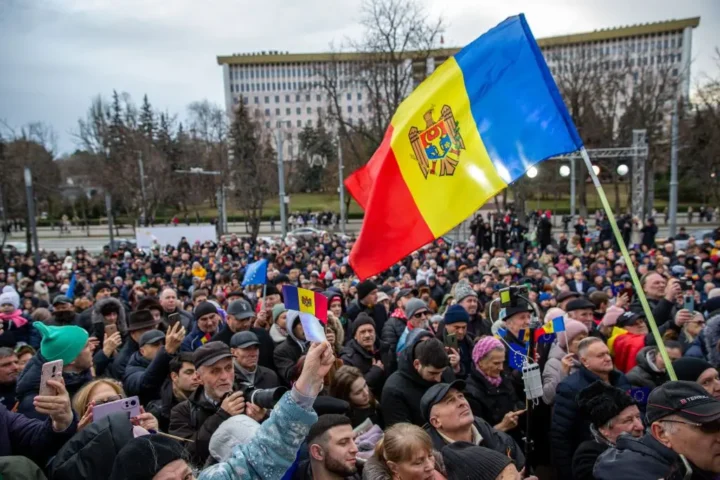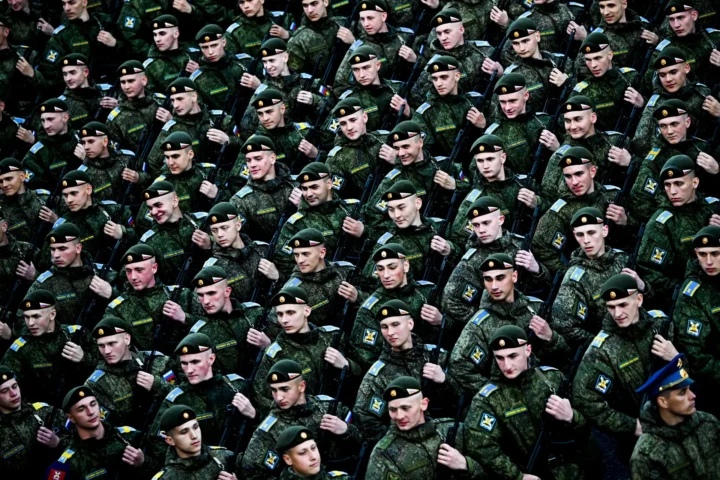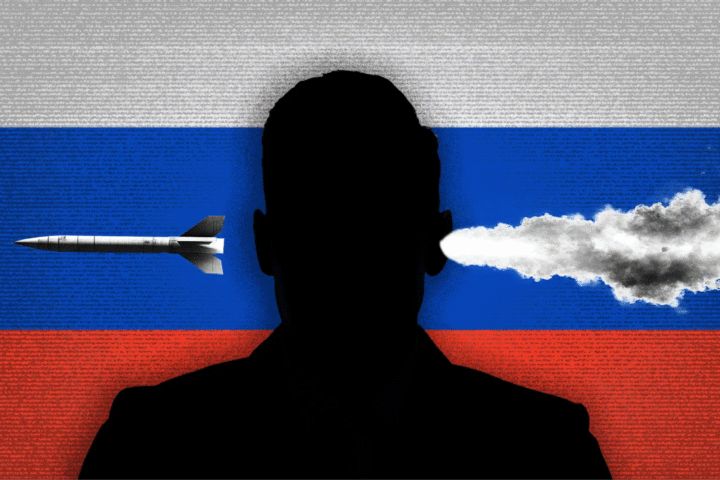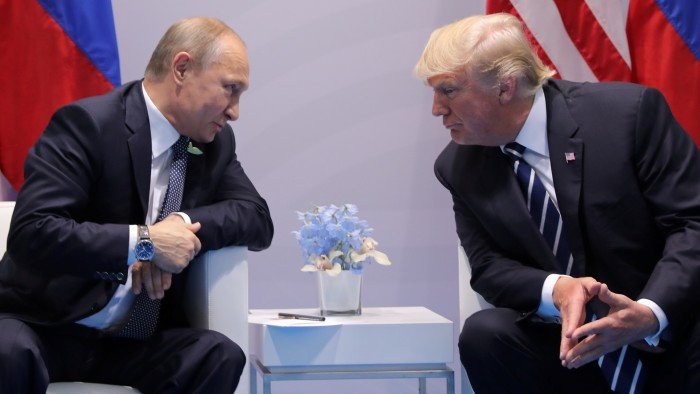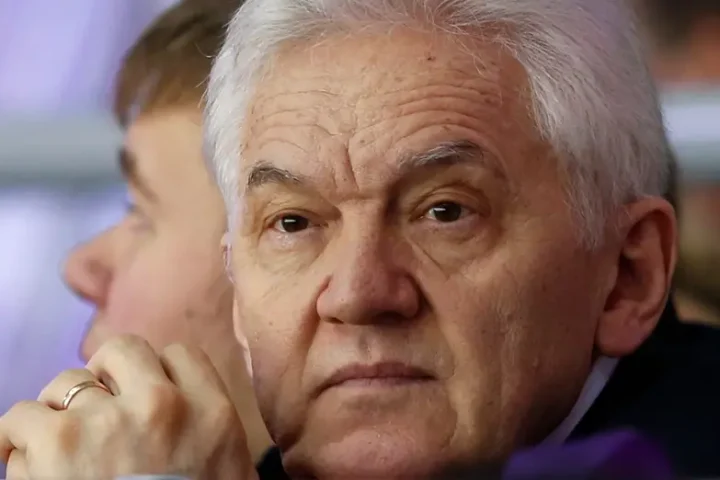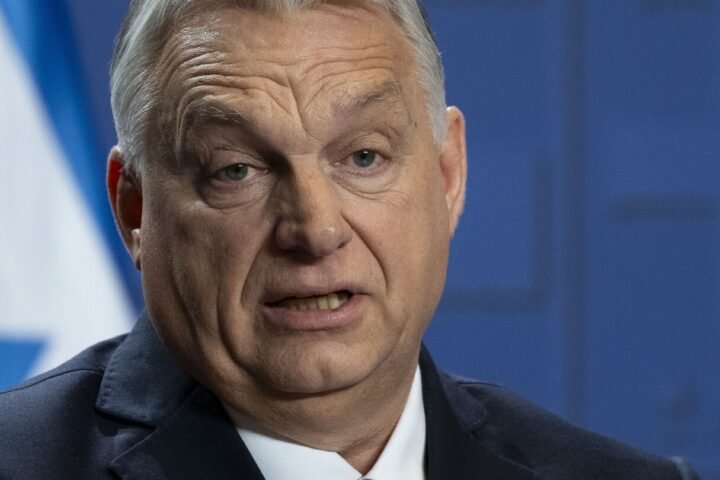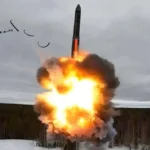On August 4, 2025, Russia’s Foreign Ministry formally declared it would no longer adhere to the unilateral moratorium on the deployment of ground-launched intermediate-range and shorter-range missiles (INF-class), citing alleged actions by the United States as justification. In its official statement, Moscow claimed that Washington’s deployment of land-based INF systems in Europe and the Asia-Pacific region had rendered Russia’s self-restraint “no longer viable.”
Moscow cites Western deployments as pretext
The Russian announcement follows a series of accusations against the United States and NATO, with officials alleging that platforms such as HIMARS and M270 MLRS systems — supplied by the U.S. to Ukraine — are effectively INF-category launchers. Russian authorities argue that the supposed presence of American-made missiles in Europe and Asia justifies the abandonment of their moratorium.
According to Deutsche Welle, the Russian Foreign Ministry explicitly blamed the “collective West” for destabilizing global strategic balance and claimed that Moscow’s move was a necessary countermeasure. However, critics argue this is part of a broader strategy by the Kremlin to escalate tensions and shift responsibility for global insecurity onto others.
Strategic implications for Europe and NATO
Russia’s decision to lift its self-imposed ban revives Cold War-era fears about a renewed arms race and significantly undermines what remains of the post-Cold War arms control framework. The now-defunct Intermediate-Range Nuclear Forces Treaty (INF Treaty), in effect from 1987 until its collapse in 2019, had prohibited both nations from developing and deploying ground-launched missiles with ranges between 500 and 5,500 kilometers.
Russia’s exit from the moratorium removes a key constraint and could accelerate the erosion of remaining arms control agreements — particularly the New START treaty, which expires in 2026. This could open the door to the deployment of systems like the upgraded 9M729 (SSC-8) cruise missile or the RS-26 “Rubezh”, both potentially capable of striking NATO capitals with minimal warning.
Nuclear risk and reduced decision time
Experts warn that INF-class missiles, particularly those capable of carrying nuclear warheads, reduce reaction times to as little as five to fifteen minutes, compressing decision-making windows and increasing the risk of miscalculation. The use of the “Oreshnik” missile in a November 2024 strike on Dnipro, Ukraine, highlighted Russia’s readiness to operationalize such systems in active conflict zones.
Despite Russian denials, NATO assessments estimate the range of the 9M729 exceeds 500 km — up to 2,500 km — in violation of the original INF Treaty limits. This further substantiates concerns that Moscow has been covertly developing and testing these weapons for years, now openly integrating them into its strategic doctrine.
Regional destabilization and humanitarian fallout
The announcement has direct implications for Ukraine, the Baltic states, Poland, and other NATO-adjacent nations. The possible deployment of nuclear-capable missiles near alliance borders or conflict regions heightens the threat to civilian populations and increases the likelihood of collateral damage from potential strikes.
In the event of conflict escalation, neighboring countries may face humanitarian consequences, including mass displacement, refugee flows, and economic disruption. Moreover, Moscow’s posture is likely to deepen its isolation on the international stage, as NATO and its partners view this policy shift as a deliberate provocation rather than a defensive necessity.
Russia’s framing of its actions as a response to Western deployments is widely viewed by analysts as a strategic smokescreen — a continuation of its pattern of using threats and force projection to exert political pressure and extract concessions, particularly from countries supporting Ukraine or cooperating with NATO.
Mounting risks for global arms control
The abandonment of INF moratorium marks a critical juncture for international security. As arms control mechanisms weaken and nuclear thresholds lower, the world faces a growing risk of destabilization. With New START nearing expiration and no successor in sight, the collapse of mutual restraint norms could ignite a new phase in the global arms race — one that is faster, riskier, and less transparent than ever before.
